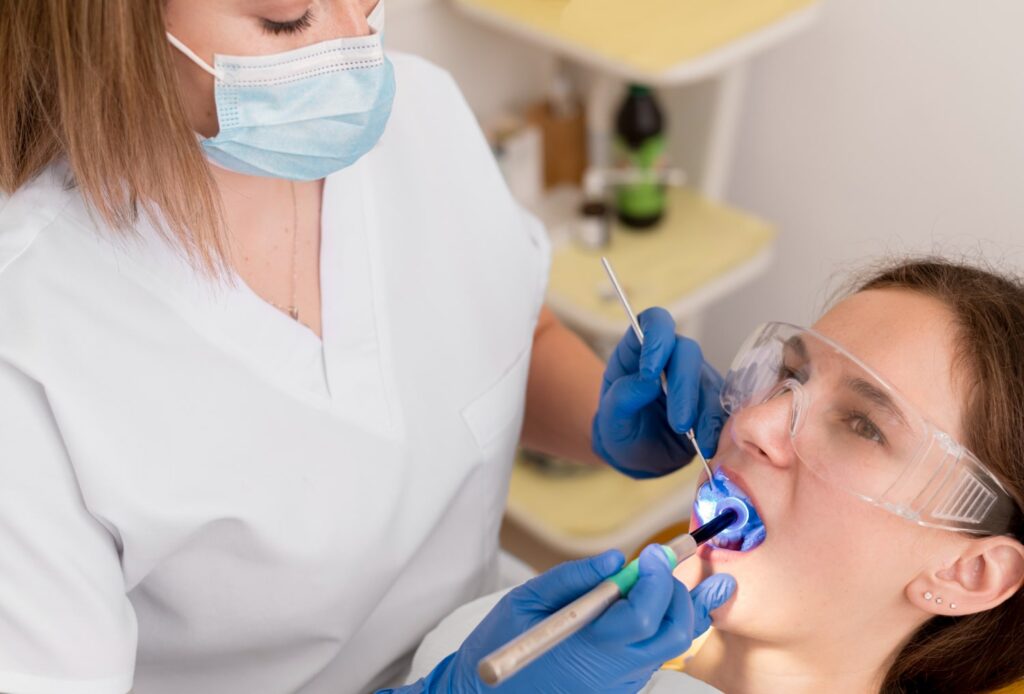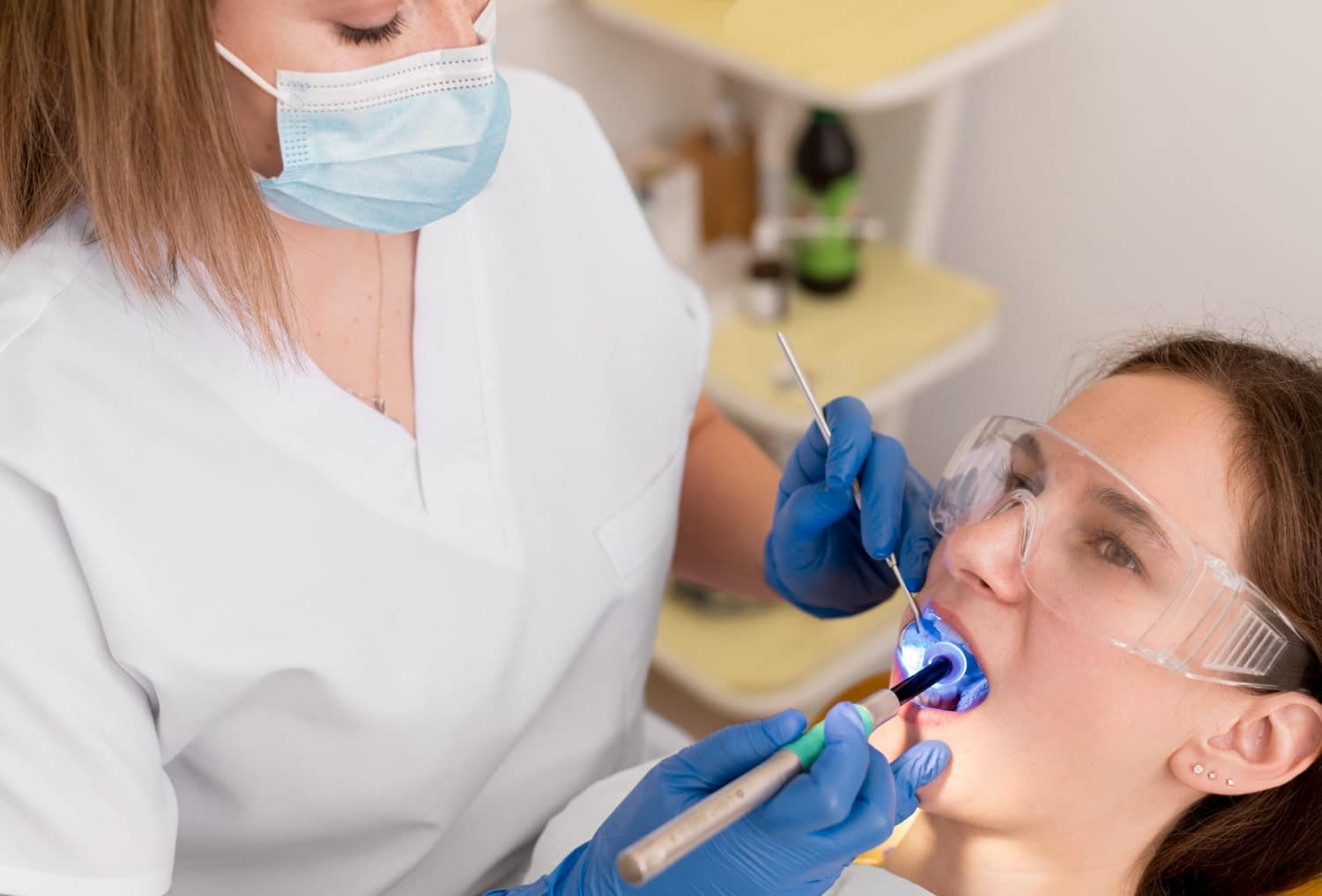I. Introduction
In the field of dentistry, Platelet-Rich Plasma (PRP) has emerged as a promising technique with the potential to revolutionize dental treatments. Understanding the impact of PRP on dental procedures is crucial for both dental professionals and patients. By harnessing the regenerative properties of PRP, dentistry can achieve improved healing, enhanced tissue regeneration, accelerated recovery, and reduced complications.
II. Understanding PRP
Platelet-Rich Plasma (PRP) is a concentrated form of platelets derived from the patient’s own blood. It contains a higher concentration of platelets, growth factors, and bioactive proteins compared to regular blood. The science behind PRP revolves around the principle that platelets play a vital role in tissue repair and regeneration.

III. The Role of PRP in Dental Treatments
A. Enhancing Healing and Tissue Regeneration
PRP has the remarkable ability to enhance healing and tissue regeneration in dental treatments. When applied to the site of a dental procedure, PRP stimulates the release of growth factors, which promote cell proliferation, angiogenesis (formation of new blood vessels), and collagen synthesis. This leads to faster healing and improved overall outcomes.
B. Accelerating Recovery and Reducing Complications
By harnessing the regenerative potential of PRP, dental treatments can experience accelerated recovery time. PRP’s ability to promote tissue healing and reduce inflammation can minimize post-operative discomfort and complications, allowing patients to resume their normal activities more quickly.

IV. PRP in Dental Implantology
A. Improving Osseointegration and Implant Stability with PRP
In dental implantology, PRP has shown significant benefits in improving osseointegration—the process of the implant fusing with the jawbone. PRP can be applied to the implant site, providing a concentrated source of growth factors that stimulate bone formation and enhance the stability and success rate of dental implants.
B. Enhancing Bone Regeneration for Successful Implant Placement
PRP plays a crucial role in enhancing bone regeneration, which is often necessary for successful implant placement. By applying PRP to the surgical site, dental professionals can accelerate the formation of new bone tissue, creating a strong foundation for the implant and ensuring long-term success.
V. PRP in Periodontal Therapy
A. Promoting Periodontal Tissue Healing and Regeneration
Periodontal therapy, which focuses on treating gum diseases and supporting structures, can greatly benefit from PRP. When applied to the affected area, PRP aids in promoting periodontal tissue healing and regeneration. It stimulates the growth of new blood vessels and accelerates the formation of connective tissue, effectively restoring periodontal health.
B. Enhancing Outcomes in Scaling and Root Planing Procedures
Scaling and root planing procedures, commonly performed to treat periodontal disease, can be enhanced with the use of PRP. The application of PRP promotes the regeneration of periodontal tissues, reduces post-treatment inflammation, and improves the overall effectiveness of the procedure.

VI. PRP in Endodontics
A. Pulp Revascularization and Revitalization with PRP
Endodontic procedures involving pulp revascularization and revitalization can benefit from PRP’s regenerative properties. PRP helps stimulate the growth of new blood vessels, which aids in the revitalization of damaged or infected dental pulp. This innovative approach can potentially save teeth that would otherwise require extraction.
B. Treatment of Periapical Lesions Using PRP
Periapical lesions, which occur at the tip of the tooth root, can be effectively treated using PRP. By applying PRP to the affected area, the growth factors present in PRP can accelerate healing, promote tissue regeneration, and assist in the resolution of periapical lesions.
VII. PRP in Maxillofacial Surgery
A. Jaw Reconstruction and Bone Grafting with PRP
Maxillofacial surgery often involves complex procedures such as jaw reconstruction and bone grafting. PRP plays a significant role in these treatments by promoting bone regeneration, enhancing the success of the surgery, and minimizing complications. The application of PRP improves the integration of grafted bone and accelerates the healing process.
B. Utilizing PRP in Orofacial Cleft Repair Surgeries
Orofacial clefts, including cleft lip and palate, require surgical intervention for correction. PRP can be employed during these surgeries to enhance tissue healing and facilitate the repair process. The application of PRP promotes faster wound healing, reduces infection risks, and improves the aesthetic and functional outcomes of orofacial cleft repair surgeries.
VIII. Clinical Evidence and Case Studies
A. Research Studies Highlighting the Efficacy of PRP in Dental Treatments
Numerous research studies have investigated the efficacy of PRP in various dental treatments. These studies demonstrate the positive impact of PRP on healing, tissue regeneration, and treatment outcomes. The article will explore key research findings and highlight the scientific evidence supporting the use of PRP in dental procedures.
B. Success Stories and Patient Testimonials Demonstrating Positive Outcomes
In addition to clinical evidence, the article will also feature success stories and patient testimonials showcasing the positive outcomes achieved through PRP in dental treatments. Real-life experiences of patients who have benefited from PRP will provide further insights into the potential of this innovative technique.
IX. PRP Application Techniques
A. Intraoperative Application of PRP in Dental Procedures
The article will delve into the various techniques and methods for the intraoperative application of PRP in dental procedures. It will explore the process of preparing PRP, its delivery methods, and the optimal timing and dosage for different treatments.
B. Preoperative Use of PRP to Improve Surgical Outcomes
Preoperative application of PRP can significantly impact surgical outcomes. The article will discuss how PRP can be utilized before dental procedures to enhance the healing process, reduce complications, and improve the overall success of the surgery.
X. Safety and Considerations
A. Proper Preparation and Sterilization Protocols for PRP
Ensuring the safety and effectiveness of PRP in dental treatments requires proper preparation and adherence to sterilization protocols. The article will emphasize the importance of following established guidelines to maintain the quality and safety of PRP products.
B. Potential Risks and Complications Associated with PRP Use
While PRP is generally considered safe, it is essential to understand the potential risks and complications associated with its use. The article will address these concerns and provide insights into the precautions that should be taken to minimize any adverse effects.
XI. Future Directions and Innovations
A. Ongoing Research and Advancements in PRP Technology
The article will explore the current trends and ongoing research in PRP technology. It will highlight emerging advancements, such as PRP derivatives, novel delivery methods, and the use of PRP in conjunction with other regenerative therapies.
B. Exploring Combination Therapies and Synergistic Approaches
Combining PRP with other regenerative techniques or treatments can potentially amplify its beneficial effects. The article will discuss the concept of combination therapies and the synergistic approaches being explored to maximize the impact of PRP in dental treatments.

XII. Conclusion
In conclusion, PRP holds immense potential in transforming dental treatments. Its regenerative properties, ability to enhance healing, and accelerate recovery make it a valuable tool in various dental specialties. By understanding the impact of PRP on dental procedures, dental professionals can unlock its full potential and provide their patients with improved outcomes. Looking ahead, ongoing research and innovation in PRP technology will further expand its applications, shaping the future of dentistry.




